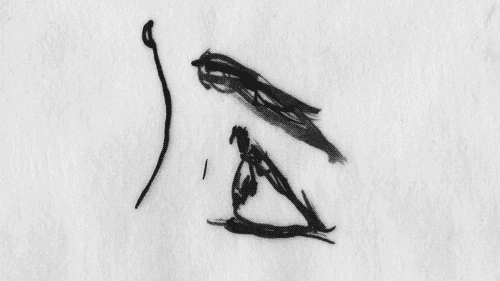
Rafiq Elmansy’s piece “Traditional vs. Digital Art” (2011) contends that as we find ourselves in an age when everything around us is becoming digitalized, the arts are making strides into the digital world as well. Elmansy offers his own experiences with traditional art and the fact that he was a graphic designer for ten years to provide support in this assertion that digital arts are not living separately from other forms of traditional and applied arts; but are actually an extension of these arts that uses computer software and hardware as a tool for creating artwork. Elamnsy’s purpose was to bring attention to how both traditional and digital arts are using the same art concepts, and that the two forms are not competing with each other they simply complete each other. This piece was more focused on the benefits and positives of digital art so this piece is directed towards those who appreciate traditional styles but should learn to appreciate art produced by other means.
I agree with Rafiq Elmansy’s position. There are several people who believe that technology is devaluing traditional art and view this transition into the digital age as a travesty. This is not the case as we progress further and further into this digital age, digital artists are in demand as it is used in advertising, video and films, photo manipulation etc. This in no way means that traditional art is dead as there will always be a demand for it due to its volume and originality. Elmansy goes into explain that the term ‘traditional arts’ refers to fine arts that use the old methods for creating artwork, such as pens, brushes, clay and other tools. Despite the fact that traditional arts has different techniques than digital arts, the different forms of art are all related to each other by the same concept, which also involves digital arts. For some artists, specific tools are preferred over others that help them express their feelings and creative ideas. Artists should be able to contribute to the world of art however they so please, whether it be by traditional or a digital means. It is very hard to compare these forms of art if you did not agree that they are actually part of each other and follow the same art concepts.
Elmansy, Rafiq. “Traditional vs. Digital Art.” Graphic Mania. 16 July 2011. Web. 24 Feb. 2015.
I think this post pointed out something that is extremely important to consider when viewing the effects of technology on art, which is that all art forms are related to each other by the same concepts. All art work combines a purpose of aesthetic and the goal to communicate something to the viewer. This is important to the arguments about technology and art design because many people often lose sight of the similar values and purpose the mediums all fall under, no matter if it is traditional or digital. By acknowledging this, it could create a better environment that would allow these different types of mediums to exist in harmony among one another.
Kaitlyn Ancell
LikeLike
I definitely appreciate Elmansy’s unique view of digital art. He doesn’t argue value, but really the complementary properties of both traditional and digital art. This reminds of an article I recently covered on digital art prints, the author there noted that they can work together and ultimately create some truly one of a kind. If you think about millions of pieces of art wouldn’t exist without technology and that is something to consider before judging a work solely by it’s medium. It opened the door to new experiences and a new version of expression and collaboration and it is amazing to see how both traditional and digital forms develop as time marches forward.
Morgan Bland
LikeLike